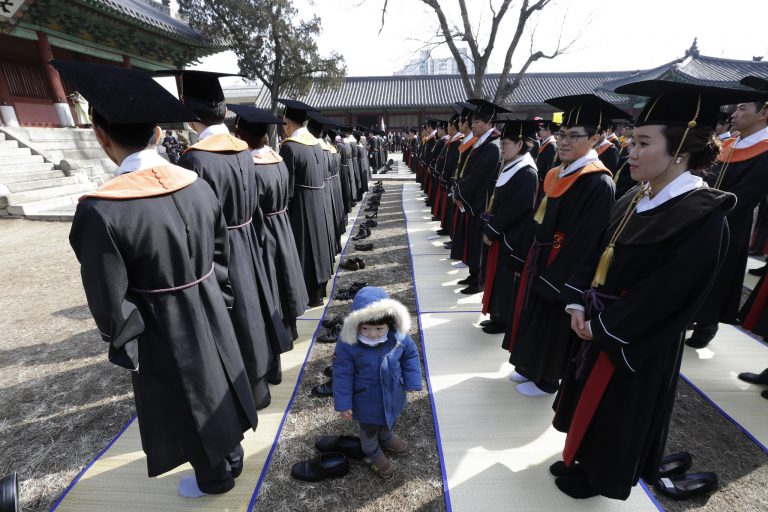
Youth is prized in just about everything, from modeling to shiny new technology. Now, it seems, even universities are trying to look younger to move up in the world – and those located in Asia are winning.
Yesterday, Times Higher Education released its 100 Under 50 rankings, which rate the world’s best universities that are less than 50 years old.
This year, the École Polytechnique Fédérale de Lausanne, in Switzerland, took the top place for the first time, after holding steady in second place since THE began publishing these rankings in 2012. The Swiss school finally managed to unseat South Korea’s Pohang University of Science and Technology, which had held the top spot for three years.
East Asian schools rounded out the rest of the top five, with the Korea Advanced Institute of Science and Technology (KAIST) staying at third, Hong Kong University of Science and Technology remaining at fourth, and Singapore’s Nanyang Technological University coming in fifth once again.
According to THE, the 100 Under 50 ranking is the only such list in which Asia-Pacific schools consistently rank higher than North American and European institutions.
Experts in the industry, however, say the strong showing by relatively new Asian schools is a sign of things to come.
“Given the fast-moving growth of published science in East Asia, by another 15 years or so there will be significant growth in East Asian universities in the top 200 [of the overall THE World University Rankings], displacing some of the established players from English-speaking countries,” said Simon Marginson, professor of international higher education at the University College London Institute of Education.
The other institutions in the top 10 were from more traditionally-ranked locations, representing Europe (Maastricht University in the Netherlands at 6, University of Warwick in the UK at 9, and France’s Paris-Sud University rounding things out at 10) and the United States (University of California, Irvine [7] and Santa Cruz [8]).
Times Higher Education rankings editor Phil Baty said the universities in the 100 Under 50 ranking were “disrupting the old order”.
“Without the trappings of tradition, the accumulated wealth or the generations of alumni to act as brand ambassadors, these youngsters have been able to make a big impression in a short space of time,” he said.
Though none of Australia’s universities made it into the ranking’s top ten, the nation had more universities on the list than any other single country. Sixteen Australian schools made the cut, spanning from 23rd to 97th, led by University of Technology, Sydney and University of Newcastle. One quarter of the universities included in the ranking were technology institutions, which bodes well for Australia’s technical instruction and growth.
“Australia is now the world’s No. 1 nation when it comes to the new generation of world-class universities,” said Baty.
The UK had only two schools – the University of Warwick, at 9, and University of Dundee, 19 – in the top 20, representing a 50 percent drop from the previous year. Part of the disappearance of UK schools simply has to do with timing, as many were founded more than 50 years ago or are getting close to celebrating their 50th anniversary, meaning that the UK presence in these particular rankings is likely to continue fading.
“While there is no suggestion that the UK’s great 1960s institutions are likely to lose their world-class status any time soon, it must be cause for concern that the fresh waves of British universities created since the 1990s have yet to make any mark in the global rankings,” said Baty.
Other countries beyond western Europe, east Asia and North America making their presence known included Turkey (which had three universities on the list), Iran (two universities), Macau, Brazil and Morocco.
Like this? You’ll love these…
Corruption and malpractice in Australia’s international student industry







